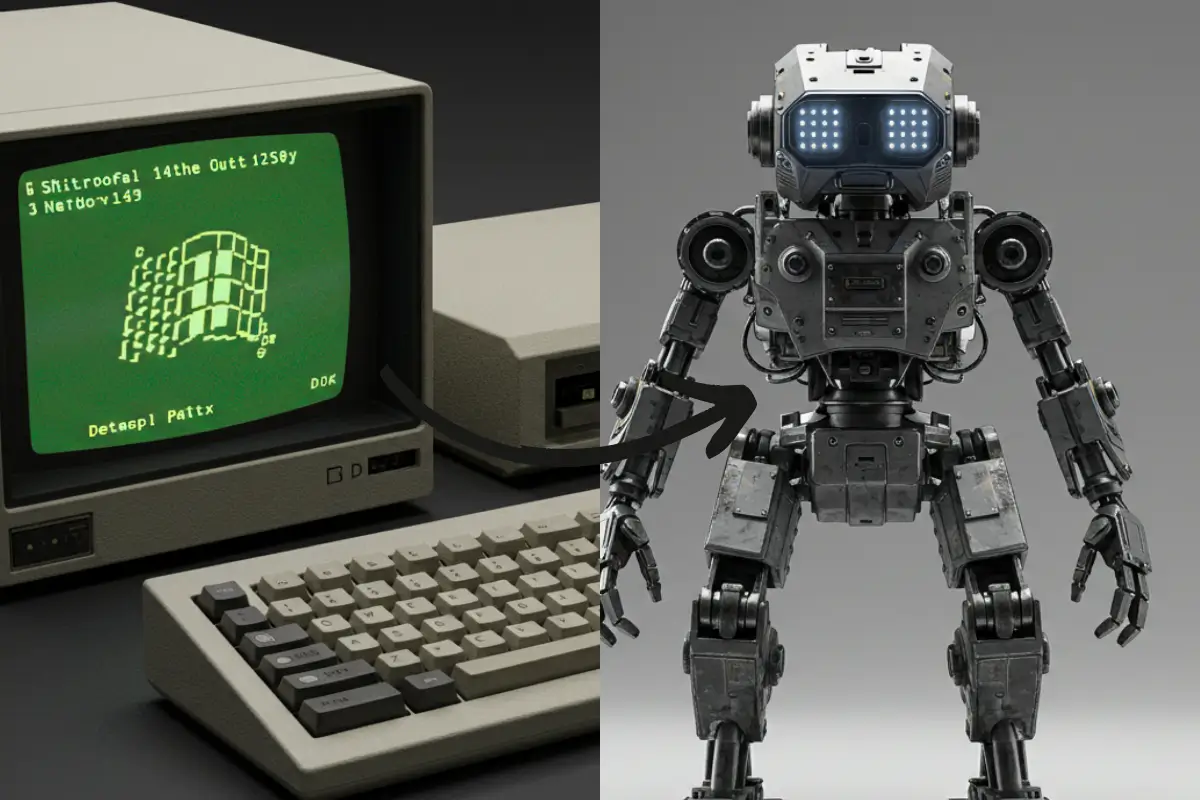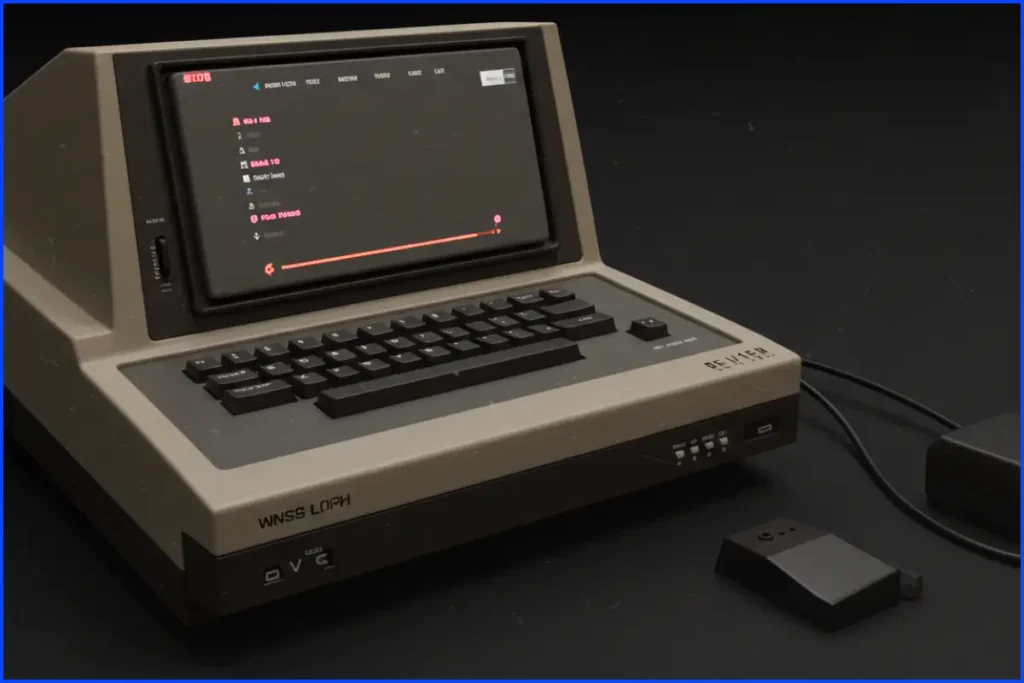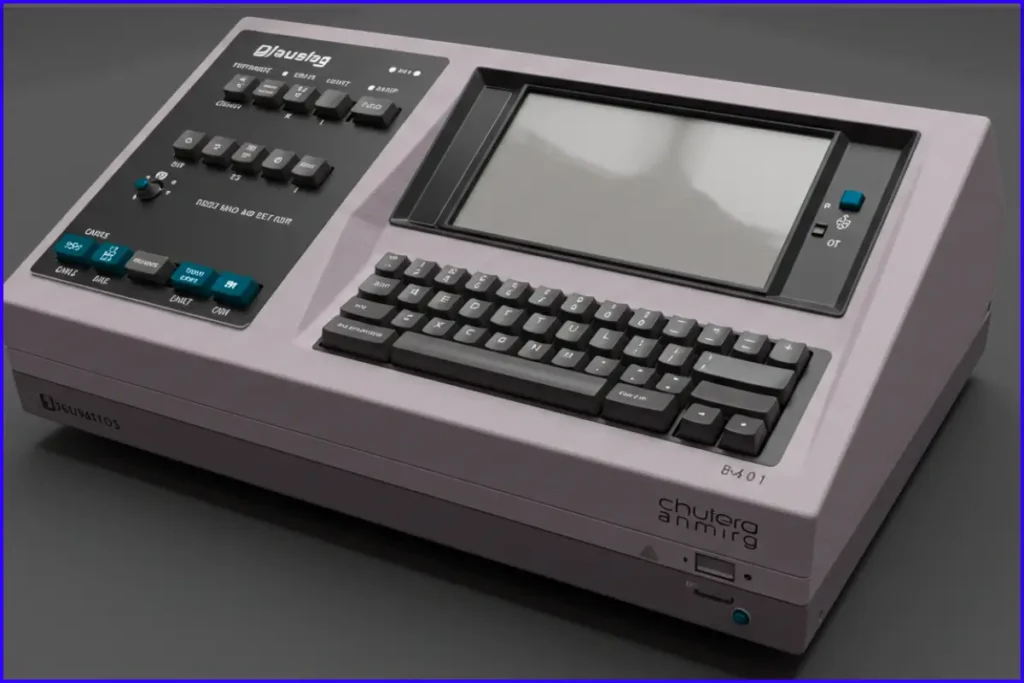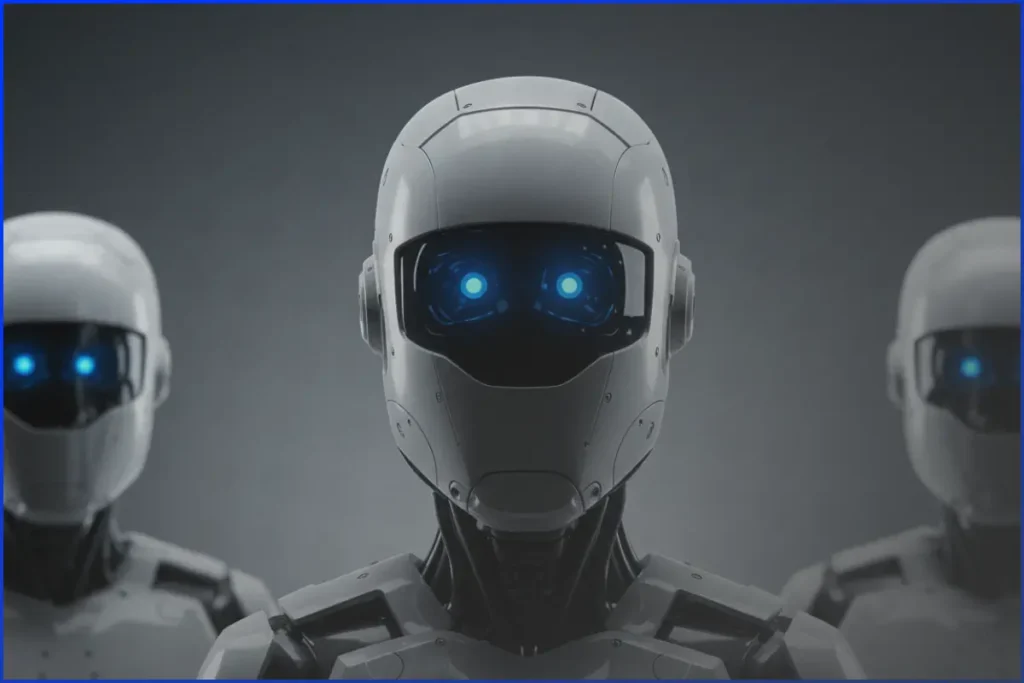The History of AI: From the Turing Test to GPT-5
- April 15, 2025
- 0
Artificial Intelligence (AI) has come a long way since its early theoretical roots. When I first started di into the subject, I was fascinated not just by the
Artificial Intelligence (AI) has come a long way since its early theoretical roots. When I first started di into the subject, I was fascinated not just by the

Artificial Intelligence (AI) has come a long way since its early theoretical roots. When I first started di into the subject, I was fascinated not just by the tech but by the human dream behind it—the vision of building a machine that could think, speak, and feel like us.
This article explores that dream, from the legendary Turing Test to the jaw-dropping advances of GPT-5. It’s not just a timeline—this is a story of ambition, science, hope, and sometimes fear.
So let’s see this evolution from the beginning of computing practically until the emergence of artificial intelligence.

Artificial Intelligence isn’t new. It didn’t pop up overnight. Actually, the idea of artificial thinking machines dates back centuries. From ancient myths of talking statues to medieval automata, humans have always wanted to make machines that reflect us. But things really took off in the 20th century.
The Turing Test is simple but powerful: if a human interacts with a machine and can’t tell whether it’s a machine or a person, the AI passes the test. To this day, it’s a gold standard in AI development. Learn more on Wikipedia.
In the 1950s and 60s, AI was mostly about logic and rules. These early systems were called expert systems. They worked like decision trees and were great for narrow tasks. But they couldn’t learn or adapt—kind of like a calculator with attitude 😅.
Even with that limitation, they opened the door. We were beginning to teach machines how to “think,” one if-then rule at a time. Still, this wasn’t intelligence as we think of it today. But it was the foundation.

From those rigid rule-based systems, we moved to something more magical—machine learning. This meant AI could now learn from data, and that changed everything.
In the 1980s, researchers began building algorithms that could learn patterns, instead of just following fixed rules. These included:
These were smarter than rule-based systems but still limited. The real game-changer came later: deep learning.
Imagine a digital brain with layers and layers of neurons—that’s a neural network. It’s inspired by the human brain, and when we added deep layers to it, we got deep learning. This breakthrough let us:
By the 2010s, tech giants like Google, Facebook, and OpenAI began pushing this frontier hard. AI started to feel… alive.
You can read more about how AI evolved over time in this amazing article by MIT Technology Review.

Now let’s talk about what really blew my mind—language models. These are AIs trained to understand and generate human language.
They’ve become so advanced that they can write stories, debug code, and even flirt (yeah, seriously 😅).
OpenAI launched GPT-1 in 2018. It was small by today’s standards but groundbreaking. Then came:
These models were trained on massive amounts of data—from books to websites—and used transformer architecture, a fancy way of saying they could “pay attention” to the important parts of a sentence.
GPT-4 was smarter, safer, and more efficient. And then… GPT-5 arrived. This is where things feel like science fiction. GPT-5 can:
It’s almost like having a digital friend who really gets you. And trust me, I use it all the time to write blog drafts (like this one 🫣).
For more on GPT-5 and other contenders, check out our blog post: The Best AI Model for 2025: ChatGPT, Gemini or Claude?
As incredible as GPT-5 is, it’s just the beginning. I honestly believe we’re heading toward Artificial General Intelligence (AGI)—an AI that thinks like a human across all tasks.
Check out this post on our blog that dives into AGI: The Path to Artificial General Intelligence (AGI)
Of course, with great power comes great responsibility. We need ethical frameworks, laws, and public debate to make sure this tech helps us—not hurts us.
For a deeper dive into the ethics of AI, this Harvard article is a great read.

From Alan Turing‘s vision to the intelligence of GPT-5, the story of AI is one of evolution, imagination, and human ambition.
I believe that AI isn’t here to replace us—it’s here to amplify us. But we must stay curious, informed, and responsible.
We see that the history of AI began with an idea from one of the most brilliant minds that ever existed and has transformed over the years.
Microsoft itself has already said that the next Windows 12, apparently, will use AI, so the evolution is there and we are seeing the evolution more apparent every day.
If you liked this article, don’t forget to share it with friends, comment below 🗨️ your thoughts, or tell us what you think AI will be capable of in the next 10 years. I read all your comments, and I love hearing your opinions!
🧠 Oh! And check out this related article from my other site: Can You Use a Keyboard to Play Video Games on Consoles? – a fun read!
Also, if you’re curious about AI in games, check this out from our blog: The Future of AI in Open World Games